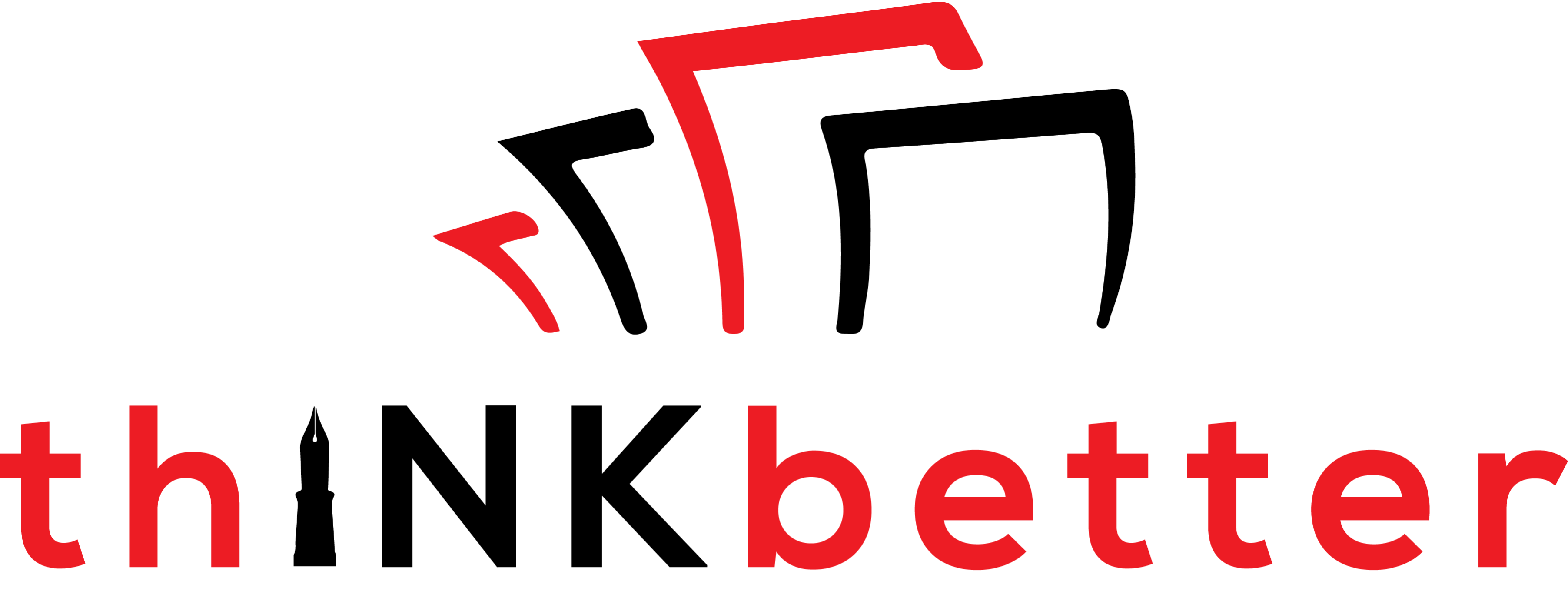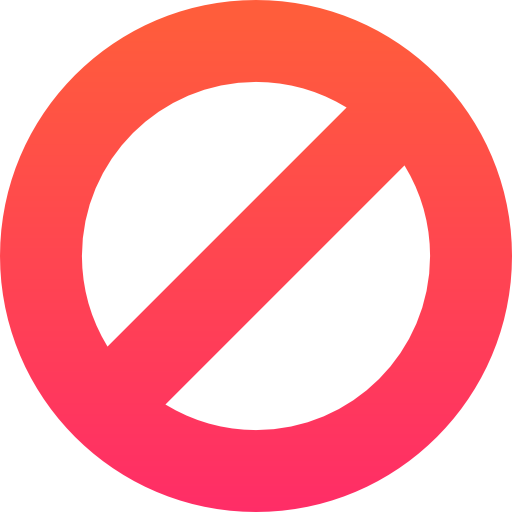CONTENT MARKETING
The Ultimate Guide to Targeted Content Without Buyer Personas
The Importance of Targeted Content
One of the first things you learn in marketing is the importance of highly targeted content. Knowing who you are writing for helps you figure out what content to create and which channels to distribute it through.
One tool to help with that process is the buyer persona. A buyer persona is a description of a specific customer. In theory, the clearer the picture of the customer, the better you’ll be able to connect to them.
What if I told you that you didn’t need one?
“Marketing is a negotiation between what you want to say and what the reader needs to hear.”
One tool to help with that process is the buyer persona. A buyer persona is a description of a specific customer. In theory, the clearer the picture of the customer, the better you’ll be able to connect to them.
What if I told you that you didn’t need one?
Lots of businesses fill out extensive spreadsheets describing every aspect of their customers’ lives. They may even conduct research such as phone interviews and email surveys or analysis of metadata.
Creating targeted content is important. After all, if your content doesn’t get through to the customer, then it can be a huge waste of time.
That doesn’t mean that comprehensive buyer personas are necessary to target your content. For writers, creatives, solopreneurs, and other small organizations, I actually recommend that you don’t bother with more than a cursory buyer persona when you first launch your content marketing.
Read on to find out why, and how you can create targeted content without book-length buyer personas mapped out.
Why You Don’t Necessarily Need Buyer Personas
Knowing who you’re talking to makes a lot of sense from a business perspective. However, the idea of a buyer persona is based on some assumptions that are more true for large enterprises than a small organization or an individual blogger.
False assumption #1: You need to tailor all of your content to the customer.
It’s easy to think that your content decisions need to be based 100% on exactly what the customer wants to read.
This assumption stems from some other prevalent assumptions and attitudes:
-
That you are actually able to know and provide what the customer wants.
-
That maximizing profit means getting every last reader or customer possible to convert.
-
That you need to bend over backward for customers and readers to get them to like you or want to buy from you.
These assumptions arise from attitudes that make sense for mega-corporations, but not necessarily for small businesses.
First of all, knowing what the customer wants requires a lot of research and resources. The average writer hardly knows anything about marketing, much less has the time and money for that type of research.
“You can waste a lot of time getting ready and aiming. Instead, just point in the right general direction and fire. That gets you 75% on target.”
Secondly, you do not need to squeeze every last dollar from readers. Unlike a large enterprise, your sole motivation is likely not to dominate the market. You only need to acquire a slice of the market to make significant income, or whatever your goal is.
Defining profit more broadly than monetary gain, many writers and small businesses write not just for the money, but because whatever income you generate supports a lifestyle that is extremely valuable to you. Earn some money, but remember to account for the other benefits you earn from content creation. These might include the freedom to work remotely, work-life balance, and doing something you love.
Thirdly, you can serve your customers without begging and scraping. If you pander to your readership, they will smell it. By the time you’ve gotten sick of selling out on your values to keep a reader from complaining, you will have lost them already. People want their content served up with authenticity.
Content marketing is a negotiation between marketer and reader. It is a combination of you delivering both what they want and need, but also serving up what you want to serve.
Think of friendships: part of your friendship is based on what you offer your friend; part is based on them simply liking you for who you are. They can’t like you if you don’t let them see who you are because you’re too busy pandering to them.
On top of that, no matter how much money you make, it’s pretty hard to sustain marketing efforts if at least part of your work isn’t authentic expression.
So create a lot of content that your readers want. But also make sure that you create some content that you want to create.
False assumption #2: You have the resources to create the buyer persona.
As mentioned above, creating a thorough buyer persona takes a lot of research and analysis. Most of us don’t have the time of day, much less the money or expertise for that type of work.
Even if you do, the best data you can get comes from the process of content marketing itself. That’s why it’s best to use the Fire, Ready, Aim! approach below to collect data as you market, then work on your buyer personas between marketing campaigns.
False assumption #3: You can’t do business until you create the buyer persona.
If you have it in your head that you can’t start marketing or selling until you know your reader or customer inside out, you may unnecessarily delay your work by weeks.
The cost of not creating a buyer persona is greater for a company that will lose its investment if its product doesn’t sell at launch. Your investment as a small organization is likely to be smaller.
Instead, I encourage you to use the method below to start marketing right away, then adjust as you go.
Fire, Ready, Aim! – Adjust As You Go
The problem with preparing to do marketing is that it can be a whole lot of speculation. Even if you thoroughly research your customers, the best data comes from the actual execution of marketing campaigns – not the preparation.
Execution where the rubber meets the road. You get to measure how the reader or customer actually engages with actual marketing. You get all kinds of quantitative and qualitative feedback, like email opens, clickthroughs, traffic, and comments on articles and social media. Not only do you acquire this data, you are already working toward your marketing and business goals as you gather it.
You can waste a lot of time getting ready and aiming. Instead, just point in the right general direction and fire. That gets you 75% on target. Then you adjust your aim and fire again, over and over.

This means taking no more than from breakfast to lunch to research your audience. Sketch them out on paper. Do a little reading. Talk to a couple of people. By lunch, you should be 75% on-target with your marketing. That’s good enough to start.
Then fire. Start writing and publishing articles and other content. Make sure you collect performance metrics and feedback to re-visit later. After analyzing that data at the end of every marketing cycle, you will find ways to be more on-target with your marketing.
Beyond the barest outline of a buyer persona, what are some ways to ensure your content is fairly targeted to start with, even without a ton of research and analysis? The strategies below will save you time and make content marketing a more authentic, enjoyable experience.
4 Strategies for Writing Targeted Content Without Buyer Personas
All of the strategies below start from a premise that is not the mainstream in marketing: that marketing is a negotiation between what you want to say and what the reader needs to hear.
Ask yourself two questions:
-
What do I want to write?
-
What does the reader want to read?
Have the majority of your content focus on where the answers to those questions overlap.
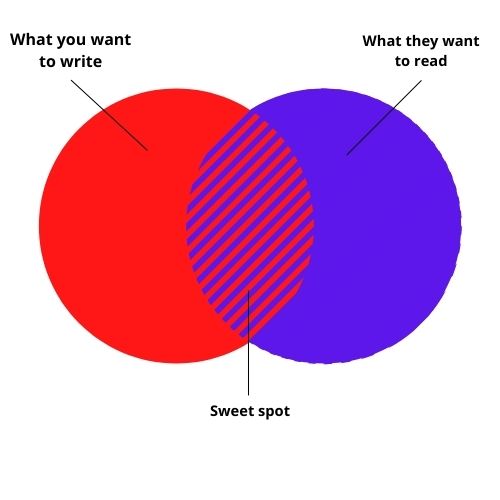
From there, you can expand with occasional articles that are either more purely for the reader’s benefit, or more purely for your own self-expression. You can play with it and find the balance that works best for your own satisfaction or for your business needs.
Keeping that in mind, try some of the strategies below to get content ideas that fall in the sweet spot without drawing up a buyer persona.
1. Categories and Tags
Brainstorm some topics that you want to write about or that you think would benefit your reader. Come up with at least thirty specific article topics.
Then take a step back. If you were to organize those topics into three to five categories, what would the categories be?
Especially when you first start out, just focus on writing about your top three categories in terms of interest and number of ideas. You can add more later.
Keep your categories general, such as Marketing, or slightly more niche, such as Content Marketing. When you post your articles, you can label them more specifically with tags.
This will help keep your writing sufficiently focused on topics that both you and your readers mutually care about.
2. Write for Beginner, Intermediate, and Advanced Audiences
Think of your readers as falling on a spectrum from beginner to advanced. Now organize the article topics you brainstormed into those that are most suitable for beginner, intermediate, and advanced readers. Then brainstorm through this new lens and come up with twenty more topic ideas.
Beginners know little about the topic. They need articles that tell you what the basic concepts of your topic are and how to get started.
Intermediate learners already have a basic understanding of the topic and have gotten started learning more. They need to know how to get from there to the advanced level.
They need articles on how to improve their skill or grow their knowledge, or what tools they need to up their game. These articles go into more depth on specific topics than articles for beginners.
Advanced learners have a degree of mastery in your topic. They need to know how to take their skills to the highest level. They want to get into the nitty-gritties of how to perfect their craft or nuance their knowledge. And they are willing to spend a lot of time researching and practicing, and more time or money gaining even a marginal edge in your field.
Advanced learners need in-depth plunges into finer skills or concepts. Take an intermediate article and break it into smaller parts. Expand each part into a comprehensive article of its own. Now you have an article for an advanced learner.
Or increase the demand on the reader. Write articles on what it would look like if they increased their commitment to learning.
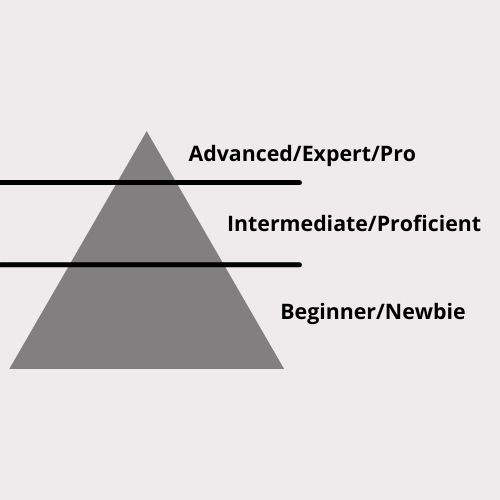
Keep in mind that most readers are beginners. Unless your site specifically targets only those at the advanced level, at least 50% of your articles should generally be for beginners. Most people like to have information information that will connect the dots for them from beginner all the way through advanced.
3. TOF, MOF, BOF
Looking at things more from the customer journey perspective, think of your library of articles as forming a funnel that leads readers toward an end goal – whether that is sales, newsletter signups, petition signatures, or whatever.
Your marketing or sales funnel can be divided into three sections: Top of Funnel (TOF), Middle of Funnel (MOF), and Bottom of Funnel (BOF).
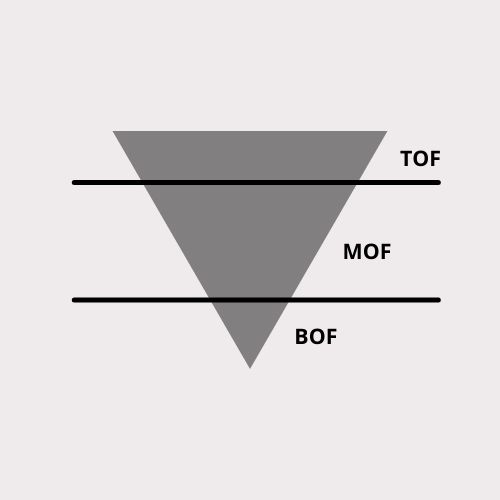
Top of Funnel is where your reader enters the funnel. Here, you offer them a hook that gets their interest. This usually comes in the form of an answer to a question they have or the solution to a problem or pain point they are dealing with. You make them aware of the problem and the solution.
Middle of Funnel is where your readers have become interested in your solution, but are still deciding whether they want it and whether to choose your solution or that of your competitors. Most customers are lost in the MOF phase.
Your content in this phase should emphasize the benefits of your solution and show why it’s better than the alternatives. You should also devote lots of space to addressing any concerns your customer might have in the buying process.
Bottom of Funnel is where your customer is finalizing their decision to purchase. They have narrowed down their choice to a couple of alternatives and are carefully weighing the costs and benefits of their choice. This is the time to go into depth about the features of your product so that the customer can make an informed decision.
4. Journal Your Life/Business
Another approach to take is to write about your own experience. Sharing your story feels personal and relatable to readers. They will love sharing your journey, and you will likely address a lot of their questions and concerns in the process.
Tell them about an experience you had serving a customer; a challenge you recently faced; your thoughts on a difficult matter; why you do what you do.
Be a bit of a loose cannon. Write about what calls to you. Write about something you feel called to share, even if you don’t know why or how it serves your business needs to do so. Let it be a little off-topic.
While you can’t expect that writing about whatever you feel like is always going to serve your readers, sometimes writing from inspiration and intuition beats being overly-strategic. Talk to enough other marketers, and you’ll hear the story time and again of how the spontaneous and personal article they published was the one that got more traffic than their planned content.
Working from a plan generally bears better results than winging it or doing whatever you feel like all the time. Just make sure you aren’t trying so hard to please your customers that you cut out all personal expression and spontaneity.
Your customers also want to see your personality and inner world. Getting to share whatever you want now and then can also breathe motivation back into your work when things get stale.
Launch Your Content Marketing Now
The above strategies will launch your content marketing quickly, inexpensively, and mostly on-target. You will have successfully avoided the common pitfall of over-planning, and the under-performance that commonly accompanies it.
Once you go through a cycle of using the strategies above to fire your marketing cannon, take a step back. Look at the metrics you have gathered over the past quarter. Assess what worked best, what flopped, what could be improved, and new things you might try.
Adjust your aim, then launch into the next round of marketing. It should go even better than the first. Good luck!
What’s Your Writing Workflow?
In the domain of web development, the term “stack” indicates the collection of software used for performing the work. As writers, we also have a “stack” of software we use in the process of our writing. What's your stack? Hopefully, you have found a stack that...
Now is the Perfect Time for Case Studies
When disaster strikes, heroes come to the forefront. If your company hasn’t told the story of how you adapted to the COVID-19 pandemic - or helped others do so - now is the time for a case study. Case studies are some of the most persuasive forms of marketing. This is...
How to Use Landing Pages With Prospecting to Land More Clients
If you are a service professional of any kind, part of your job is probably to find new clients, or to sell more services to existing clients. This is especially true if you’re a solo professional, freelance creative, or a small business owner who has to run all...
How to Use Landing Pages: 11 Great Ideas to Boost Business
How to Use Landing Pages – 11 Great Ideas to Boost Business Posted on March 18, 2019 by Lucas If you’re wondering how to use landing pages, here’s a stack of ideas to help you make the most of this flexible tool. Landing pages can be used to support any online or...
Develop Buyer Personas for More Effective Marketing
Do you want the leanest, most impactful marketing machine possible? Develop buyer personas. The effectiveness of your marketing campaign is founded on a firm grasp of exactly who your buyer is. Read on to learn how to develop and...
Don’t Say THESE Words in Your Subject Line
Amazing. Never. Problem. Wife. Success. Leave. These are all common words that you might use in an email subject line without a second thought. They also might be why the open rates in your email marketing campaign are so low. As...
